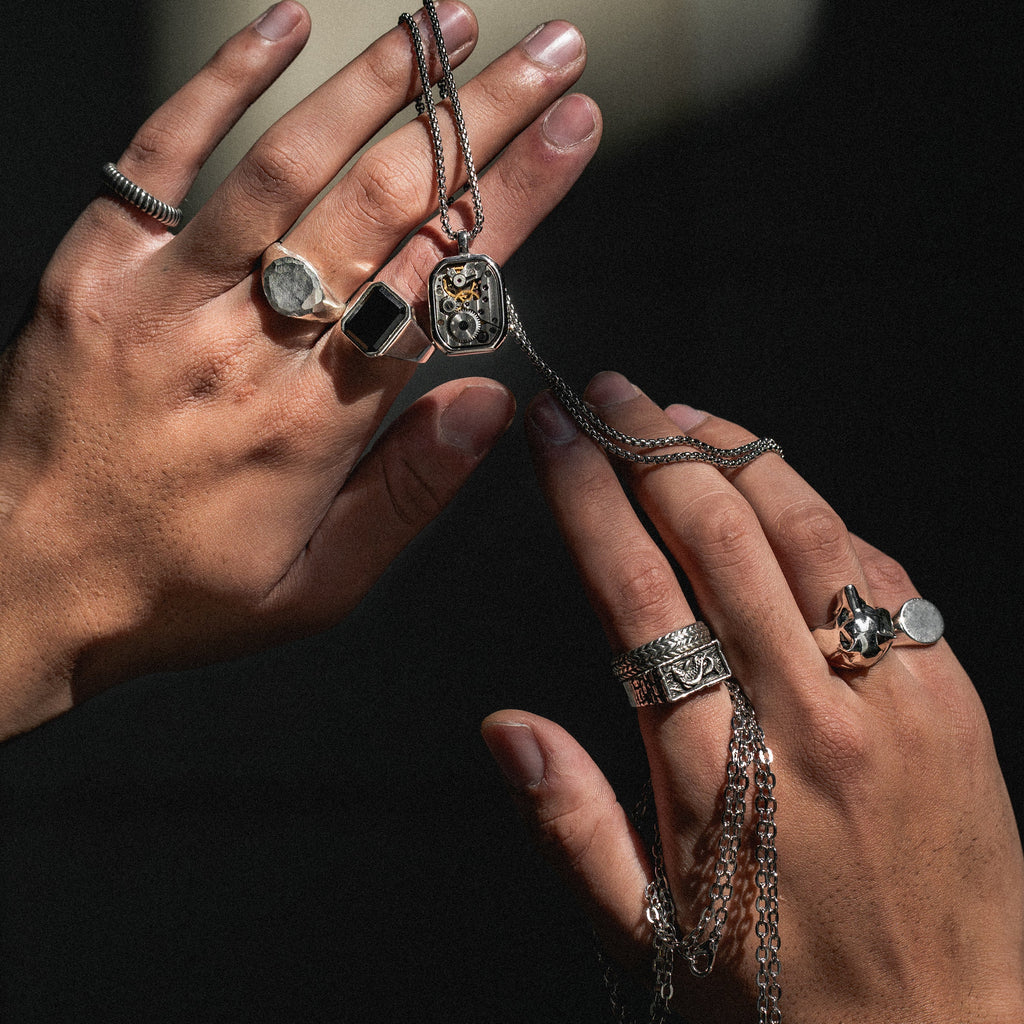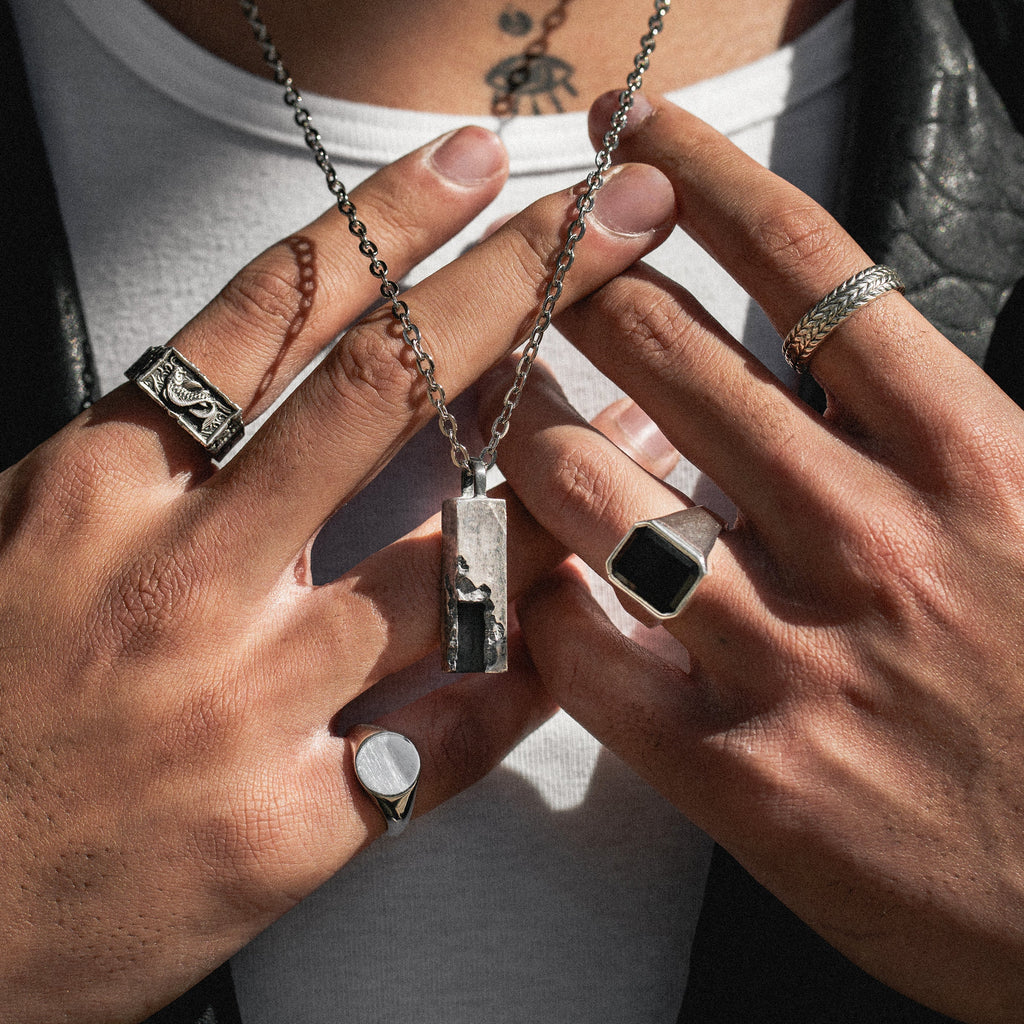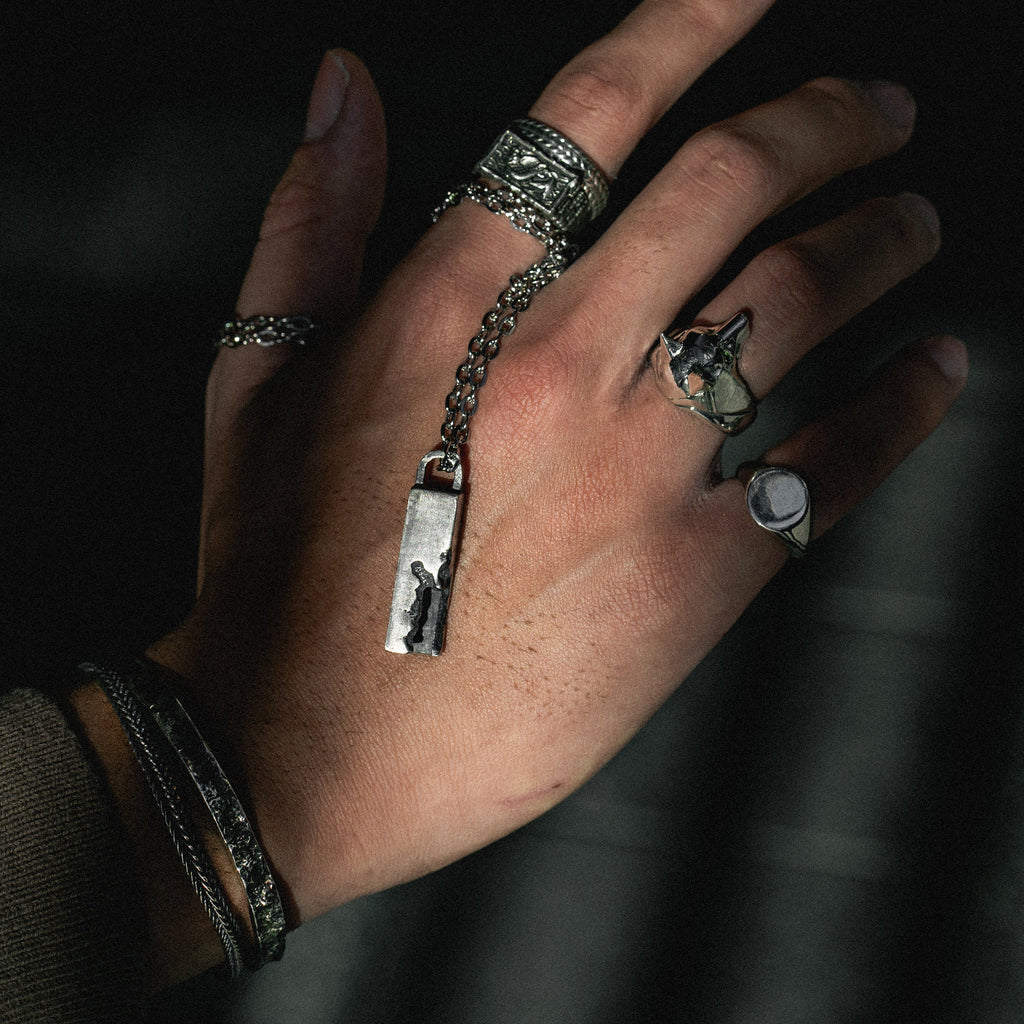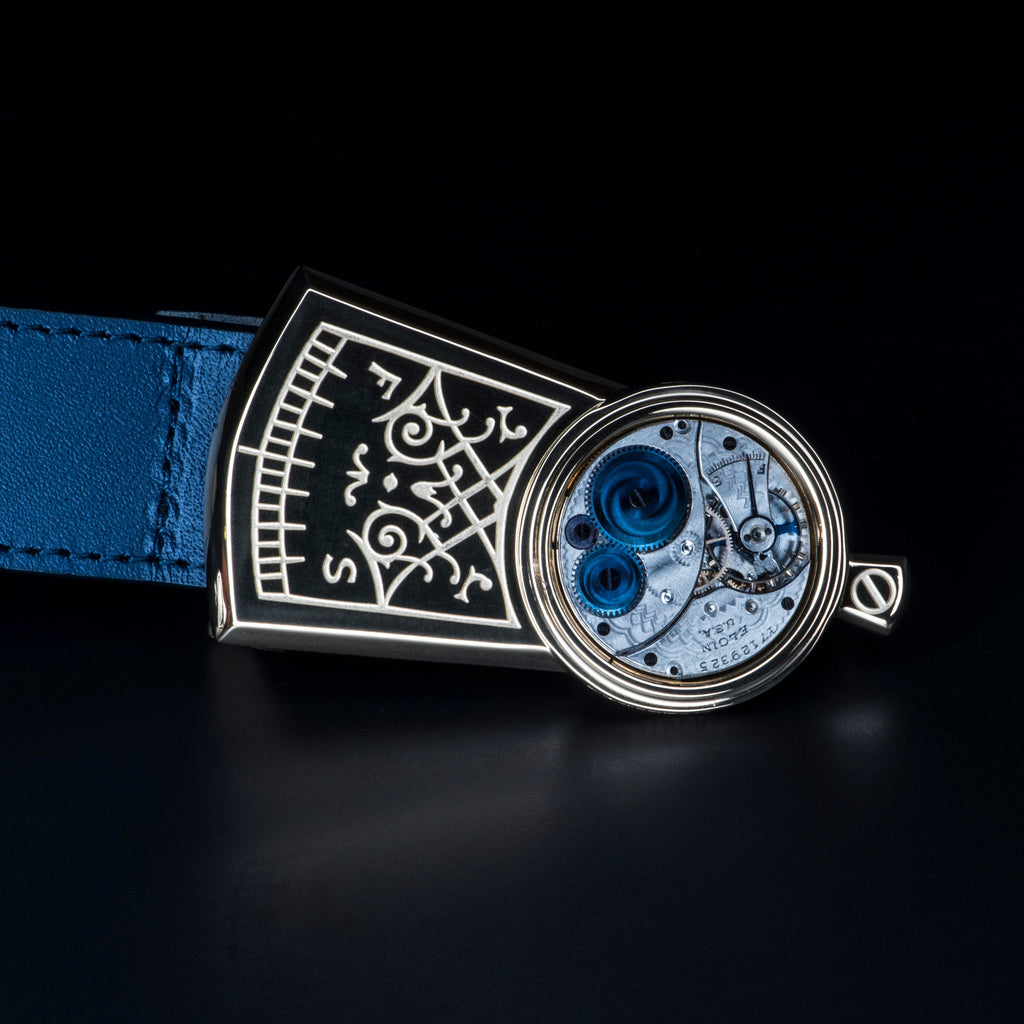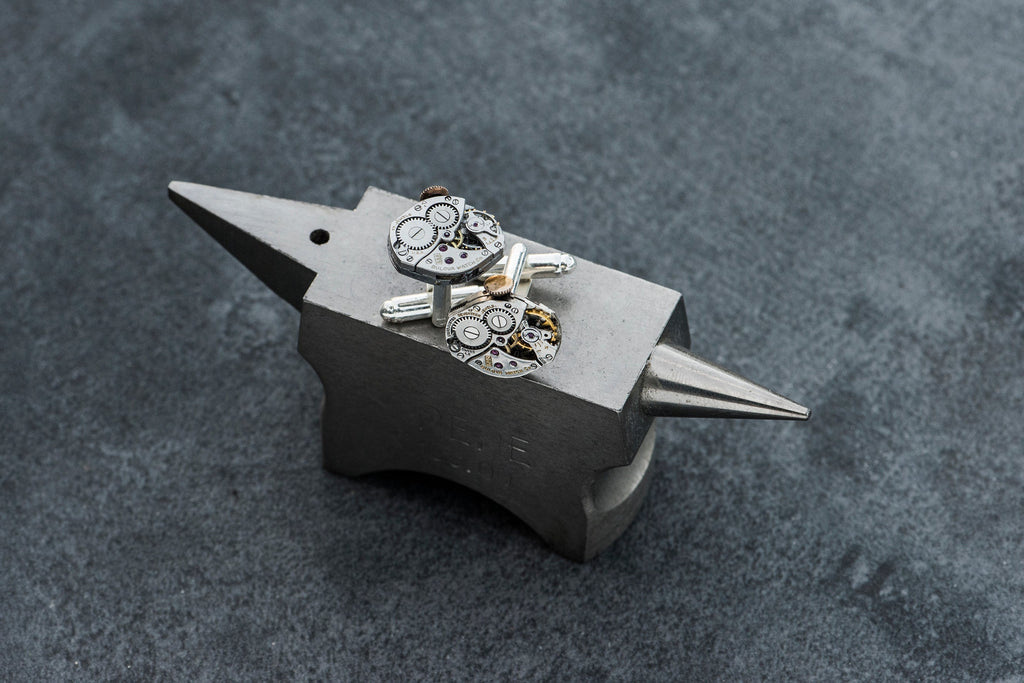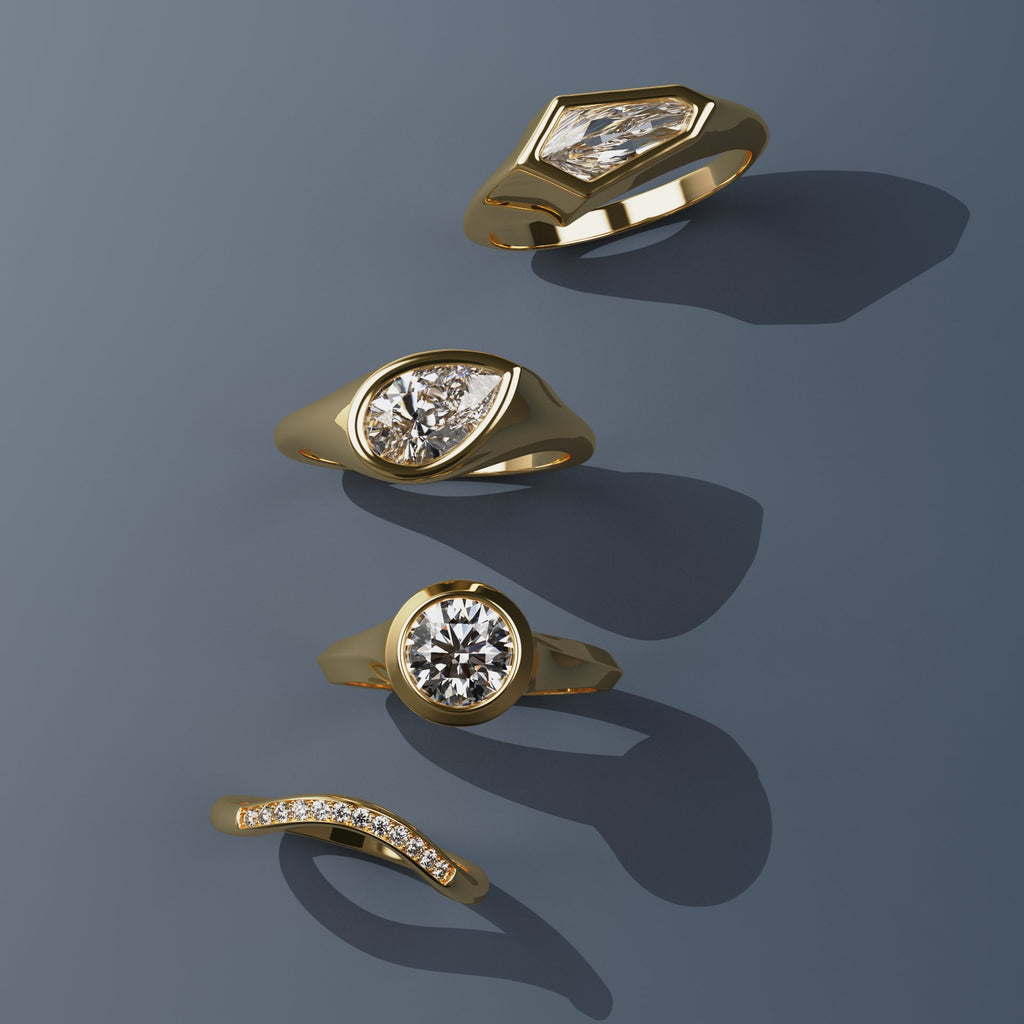Sterling Silver Vs Silver: Decoding the Best for Your Jewellery Collection
In the Sterling Silver vs Silver debate, understanding the differences between these two materials is crucial when it comes to buying jewellery. You certainly want to invest in materials that not only reflect your style but can also withstand the test of time. The most common types of materials used in jewellery making are Silver and Sterling Silver 925. But what's the difference in the Sterling Silver vs Silver comparison? Many young men and women who love jewellery aren't aware there is a difference to begin with! Some people believe that they’re the same thing, while others think that in the Sterling Silver vs Silver battle, Sterling Silver 925 is better than Silver. Below, we'll discuss everything you need to know about these metals, their differences, and which one could be the best for you.
The Lustrous Appeal of Silver:
Silver, a precious metal renowned for its shiny appearance and remarkable conductivity, is extensively used in jewellery, coins, and a wide range of industrial applications. It is the precious shiny greyish-white metal that we all know and love, often made into medals and trophies. Fine silver, also known as pure silver, consists of 99.9% silver and boasts a brilliant, white shine. However, pure silver's soft and malleable nature makes it less suitable for everyday jewellery that may be prone to wear and tear. Thus, when comparing Sterling Silver vs Silver, it is crucial to understand that while pure silver is visually appealing, it may not always be the most practical choice for jewellery.
The Robustness of Sterling Silver:
Sterling silver is an alloy created by mixing pure silver with other metals to enhance its durability and hardness. In the Sterling Silver vs Silver comparison, sterling silver comprises 92.5% silver and 7.5% other metals, primarily copper. This combination results in a more robust metal than pure silver while still preserving its attractive appearance. When weighing Sterling Silver vs Silver, it's essential to recognise that Sterling Silver offers increased durability and wear resistance, making it a popular choice for various types of jewellery.
The main difference between Sterling Silver vs Silver is the percentage of pure silver they contain. Silver is 100% pure, while Sterling Silver contains 92.5% silver. This difference in purity means that Sterling Silver is more durable and better suited for jewellery in the Sterling Silver vs Silver comparison. Our Australian Opal Pendant, Vintage Rose Pendant, and Vintage Australian Opal Ring are all made of Sterling Silver 925!
Sterling Silver vs Silver: The Key Distinction:
Both Sterling Silver and Silver possess their own set of advantages and disadvantages. Some crucial points to keep in mind when analysing Sterling Silver vs Silver include their durability, appearance, and cost.
Both metals have a bright, white shine that is highly appealing. However, Sterling Silver may develop a patina over time due to the presence of copper in the alloy. While some people appreciate the appearance of this patina, others may find it less attractive. A lot of our jewellery has a rustic, aged appearance, so this patina can give your piece unique character.
In terms of durability, Sterling Silver outperforms pure Silver, making it a better choice for jewellery that will be worn regularly in the Sterling Silver vs Silver comparison. Pure Silver's softness makes it prone to scratches or dents, which may be less desirable for everyday wear. When it comes to price, pure Silver is generally more expensive because of its higher Silver content. Sterling Silver, on the other hand, is often more affordable, making it an appealing option for those on a budget in the Sterling Silver vs Silver debate.
Is Sterling Silver 925 Superior in the Sterling Silver vs Silver Debate?
Not at all. In the Sterling Silver vs Silver debate, Sterling Silver 925 is not better than Pure Silver. They're just different. Sterling Silver 925 is harder and is wearable as daily jewellery. Pure Silver is too soft and is usually traded on the stock market with Gold!
Ultimately, the decision between Sterling Silver vs Silver depends on your individual preferences and needs. Pure Silver and Sterling Silver have their own attributes. Silver is a beautiful and lustrous metal but is less durable than Sterling Silver and is often used as a commodity. Sterling Silver 925, on the other hand, is stronger, long-lasting, and less likely to tarnish. If you are looking for a piece of jewellery for daily wear and require something more durable, Sterling Silver is likely the better option in the Sterling Silver vs Silver debate. Its enhanced durability and wear resistance make it an excellent choice for various types of jewellery. Now that you understand the Sterling Silver vs Silver comparison, you'll know how to take proper care of your precious pieces, ensuring that they last a lifetime!

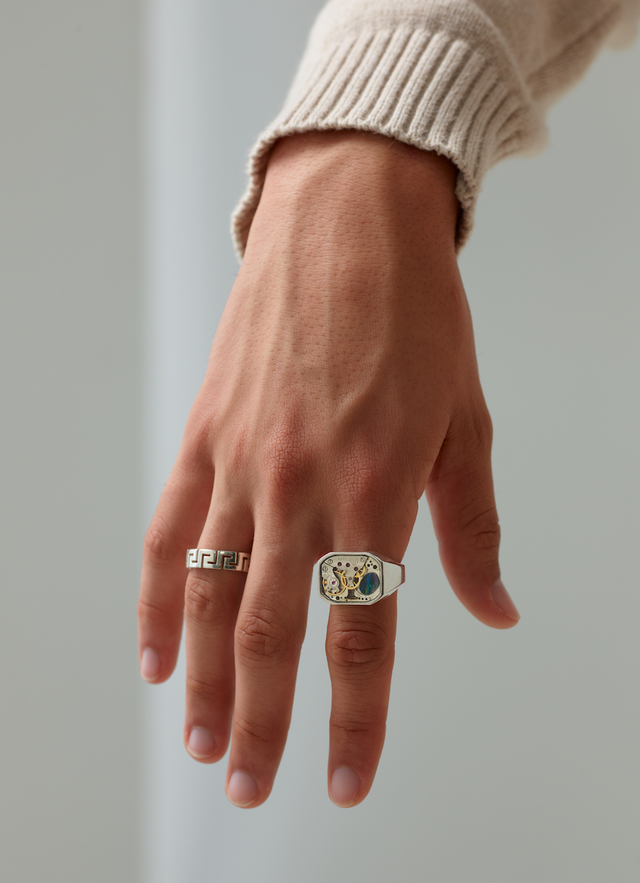

 Free Resizing
Free Resizing
 14 Day Exchange
14 Day Exchange
 Lifetime Warranty
Lifetime Warranty
